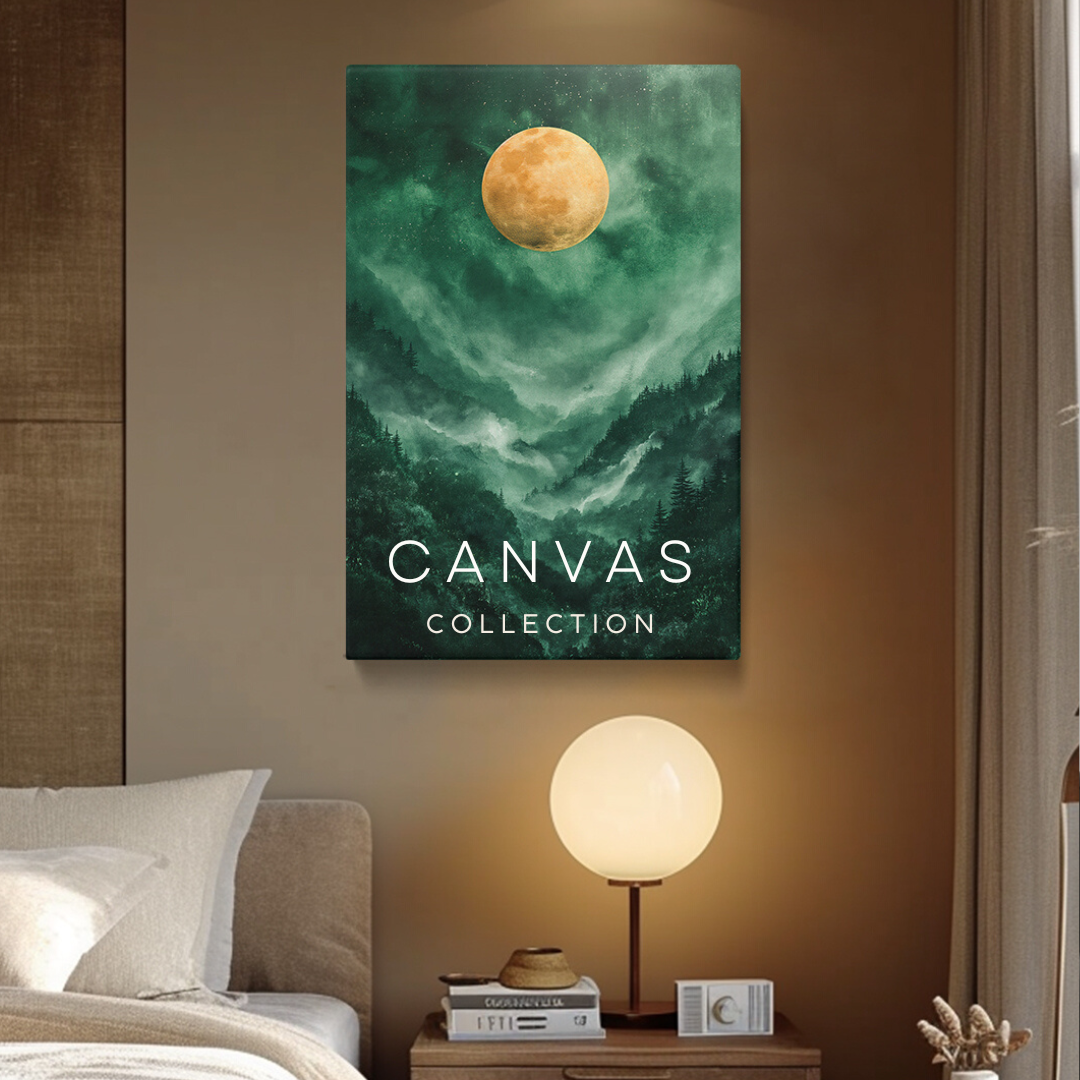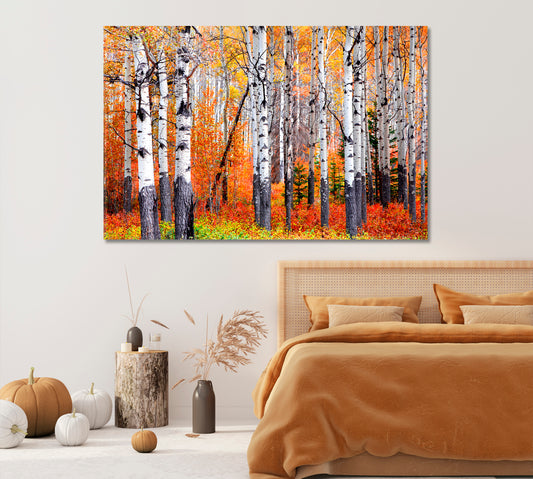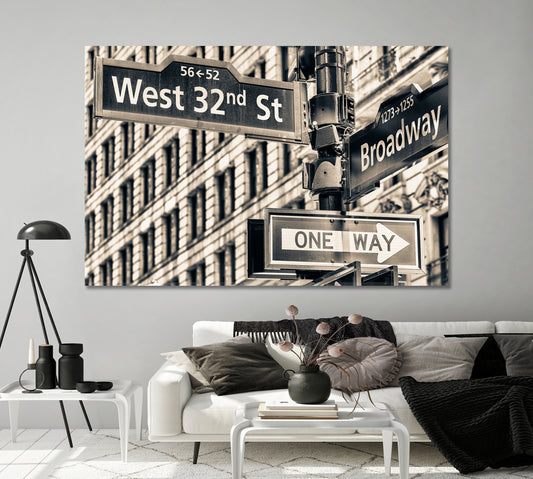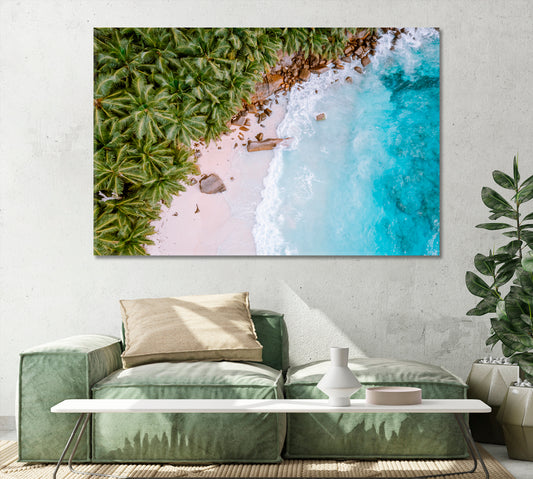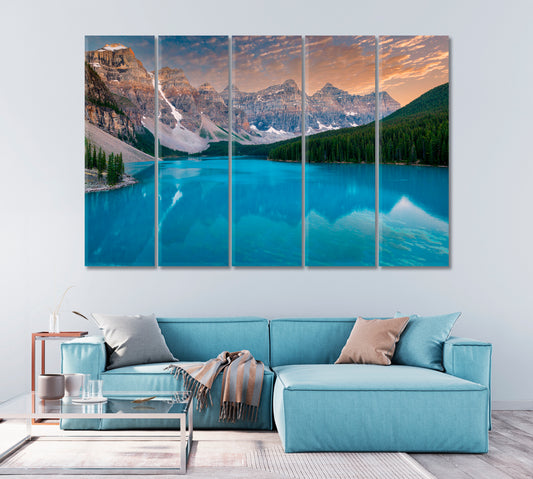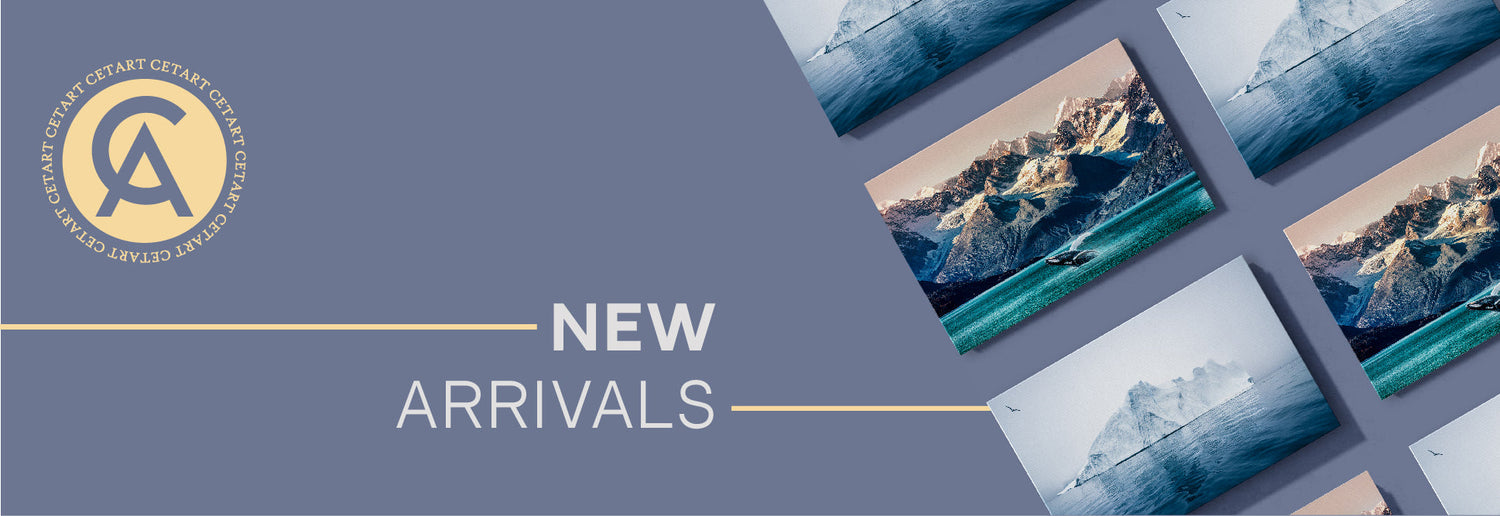
Abstract Modern Art: A Deep Dive
Share
Abstract Modern Art
A break from the traditional representation of physical objects, is about expressing an idea, emotion, or a personal interpretation of the world. Rather than illustrating the world as it is, it portrays it as felt or imagined by the artist.
Origins of Abstract Modern Art:
- Historical Backdrop: Emerged in the late 19th and early 20th centuries, this art form reflected the rapid societal, scientific, and technological changes of the time.
- Influential Movements: Cubism, Abstract Expressionism, and De Stijl paved the way. Artists like Picasso, Kandinsky, and Mondrian played pivotal roles in its development.
Characteristics of Abstract Modern Art:
- Non-representational: Doesn't depict recognizable scenes or objects.
- Uses of Colors: Often uses color to evoke moods or feelings.
- Emphasis on Shapes and Forms: Geometric and organic shapes are a staple.
- Texture and Composition: These play a crucial role in conveying depth and emotion.
Impact on Society:
- Reflection of Modern Life: Abstract art mirrors the complexities and ambiguities of modern existence.
- A Therapeutic Outlet: For many, creating or viewing abstract art serves as a therapeutic exercise, providing an escape from the concrete world.
Techniques Employed:
- Dripping and Spattering: Popularized by Jackson Pollock, it involves dripping paint onto canvas from a can or brush.
- Frottage: Rubbing a pencil or crayon on paper placed over a textured surface.
- Grattage: Scratching off layers of painted canvas to reveal the underpainting.
- Collage: Incorporating external materials, like newspaper or photos, into the artwork.
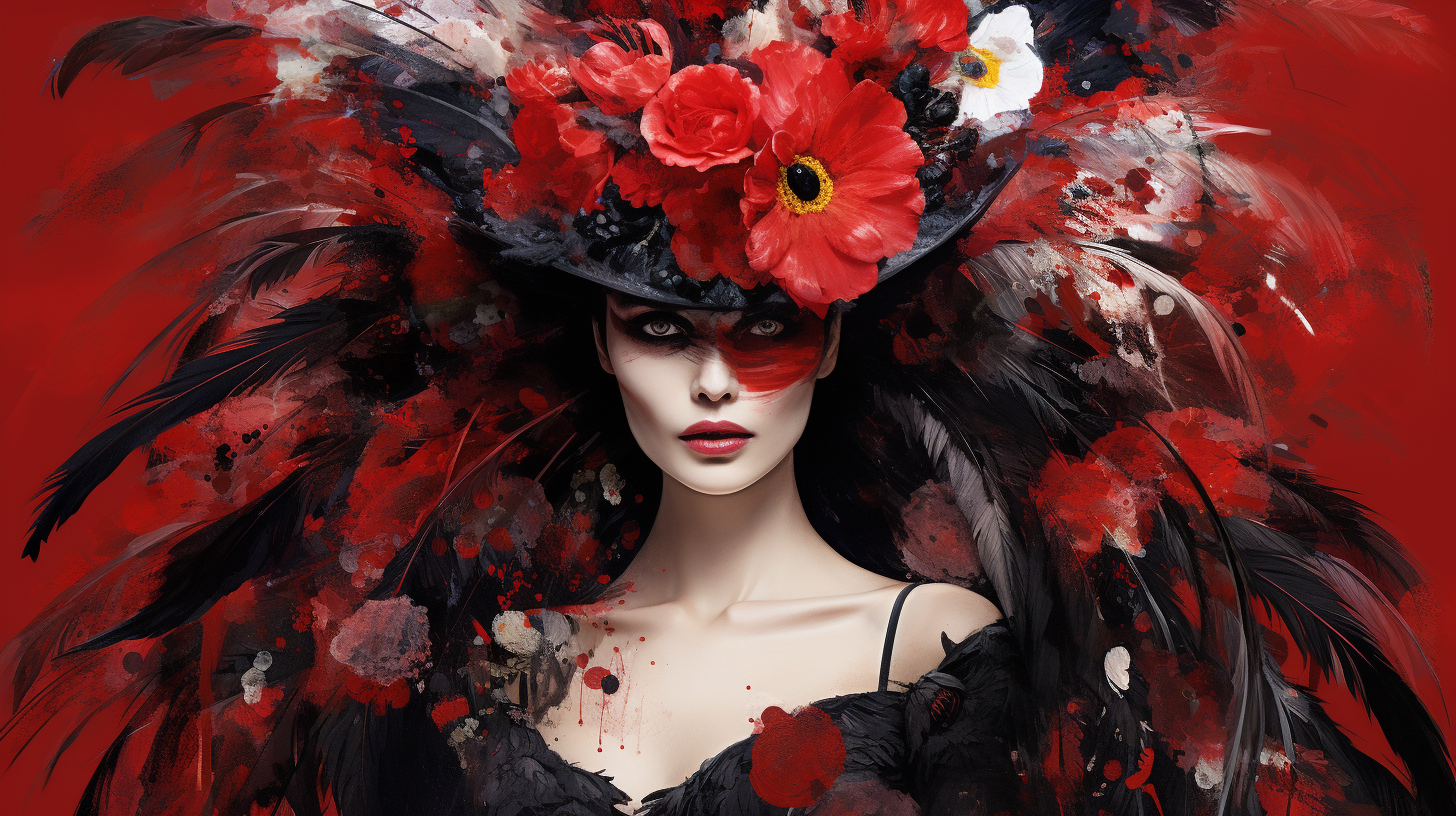
Abstract Modern Art Today:
- Digital Evolution: With technological advancements, digital art platforms now allow for abstract art creation, bridging the gap between traditional and modern techniques.
- Global Recognition: Art fairs, online platforms, and galleries continuously promote abstract modern art, making it more accessible to global audiences.
Conclusion: Abstract Modern Art is not just about splashes of paint or random shapes; it's a profound expression of the modern human experience. While it might seem inaccessible to some, with a deeper understanding, one can appreciate the nuances, techniques, and emotions encapsulated in every piece. Whether you're an artist, an aficionado, or a casual observer, this art form has something to offer, urging everyone to look beyond the surface.
